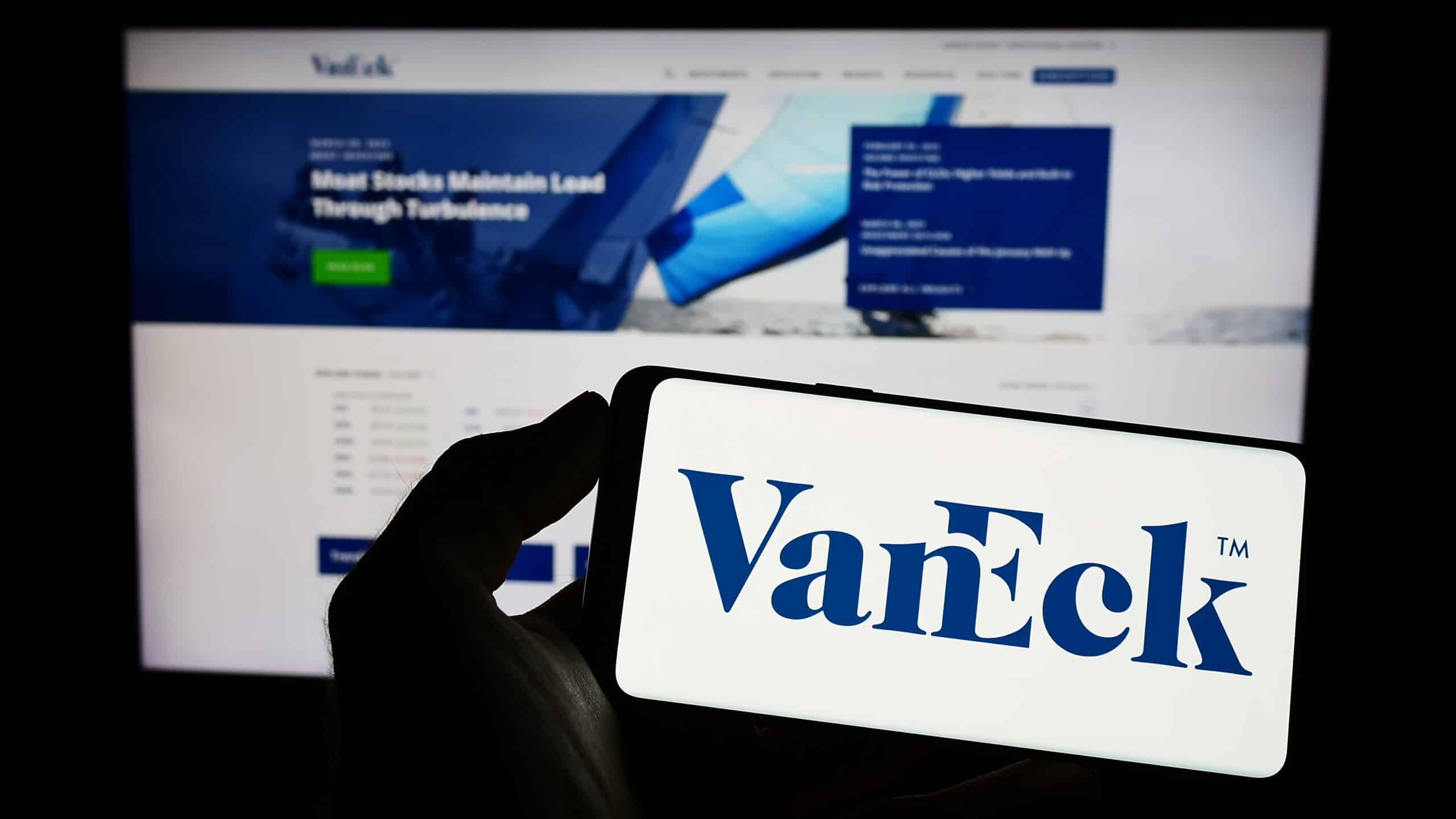|
Getting your Trinity Audio player ready...
|
The cryptocurrency landscape is evolving rapidly, and one of the most exciting trends is the rise of Real-World Assets (RWAs) on the blockchain. This article delves into the history, applications, and current state of RWAs in crypto, exploring their potential to bridge the gap between traditional finance and DeFi.
From Stablecoins to a Broader RWA Universe
The story of RWAs in crypto starts with stablecoins – digital tokens pegged to fiat currencies like the US dollar. These early adopters, like Tether (USDT), provided a much-needed stable unit of exchange in the volatile crypto market. However, the world of RWAs has expanded significantly since then.

Debt & Credit Move On-Chain
The emergence of DeFi in 2020 opened doors for a wider variety of RWAs. Platforms like Maple and Goldfinch facilitated the tokenization of private credit, allowing institutions to borrow based on creditworthiness. However, the 2022 bear market exposed vulnerabilities in these uncollateralized lending models.
Treasuries Find Refuge in DeFi
As DeFi yields plummeted in 2023, tokenized US treasuries witnessed a surge. Investors flocked to these offerings seeking exposure to rising interest rates. Providers like Ondo Finance saw massive inflows, with the total value locked in tokenized treasuries skyrocketing by over 780%.
The Dominance of USD-Pegged Stablecoins
Currently, the RWA landscape remains heavily dominated by USD-pegged stablecoins. Tether (USDT) reigns supreme with a market share exceeding 70%, followed by USDC (USDC) and Dai (DAI). While other fiat-backed stablecoins exist, they represent a mere fraction of the market.
Beyond USD: Exploring Commodity-Backed Tokens
While USD-pegged stablecoins hold the top spot, tokenized commodities are carving a niche. Gold remains the most popular commodity, with tokens like Tether Gold (XAUT) and PAX Gold (PAXG) representing the bulk of the market cap. Interestingly, projects like Uranium308 offer tokenized uranium redeemable for physical holdings under strict compliance protocols.
The Rise of Tokenized Treasuries
Tokenized US treasuries emerged as a compelling alternative during the bear market. Their market cap surged by over 780% in 2023. However, growth has slowed in 2024, with the market currently valued at over $861 million. Franklin Templeton leads the pack as the largest issuer, followed by yield-bearing stablecoin providers like Ondo Finance and Mountain Protocol.
Also Read: $1 Billion in US Treasuries Now Tokenized on Blockchains Like Ethereum, Polygon, and Solana
The Road Ahead: Challenges and Opportunities
The future of RWAs in crypto hinges on their ability to bridge the gap between traditional finance and DeFi. Reliance on third parties like oracles, custodians, and credit assessors will be crucial. But it’s how effectively these partnerships are managed that will determine the long-term success of RWAs.
This article provides a glimpse into the exciting world of RWAs in crypto. As the market matures and technology evolves, we can expect even more innovative applications of tokenized assets, blurring the lines between traditional and decentralized finance.
Find More data on the topic >> RWA Report 2024: Rise of Real World Assets in Crypto by Coingecko
I’m a crypto enthusiast with a background in finance. I’m fascinated by the potential of crypto to disrupt traditional financial systems. I’m always on the lookout for new and innovative projects in the space. I believe that crypto has the potential to create a more equitable and inclusive financial system.




